In this article
Understanding Face Swap
At its core, face swap technology is a digital technique powered by artificial intelligence (AI) that replaces one person's face with another's in media like images, videos, or GIFs. It's more than a simple cut-and-paste; the technology leverages sophisticated algorithms to analyze key facial features, expressions, lighting, and head movements. The goal is to create a seamless and realistic superimposition, making it appear as though the swapped face naturally belongs in the new context.
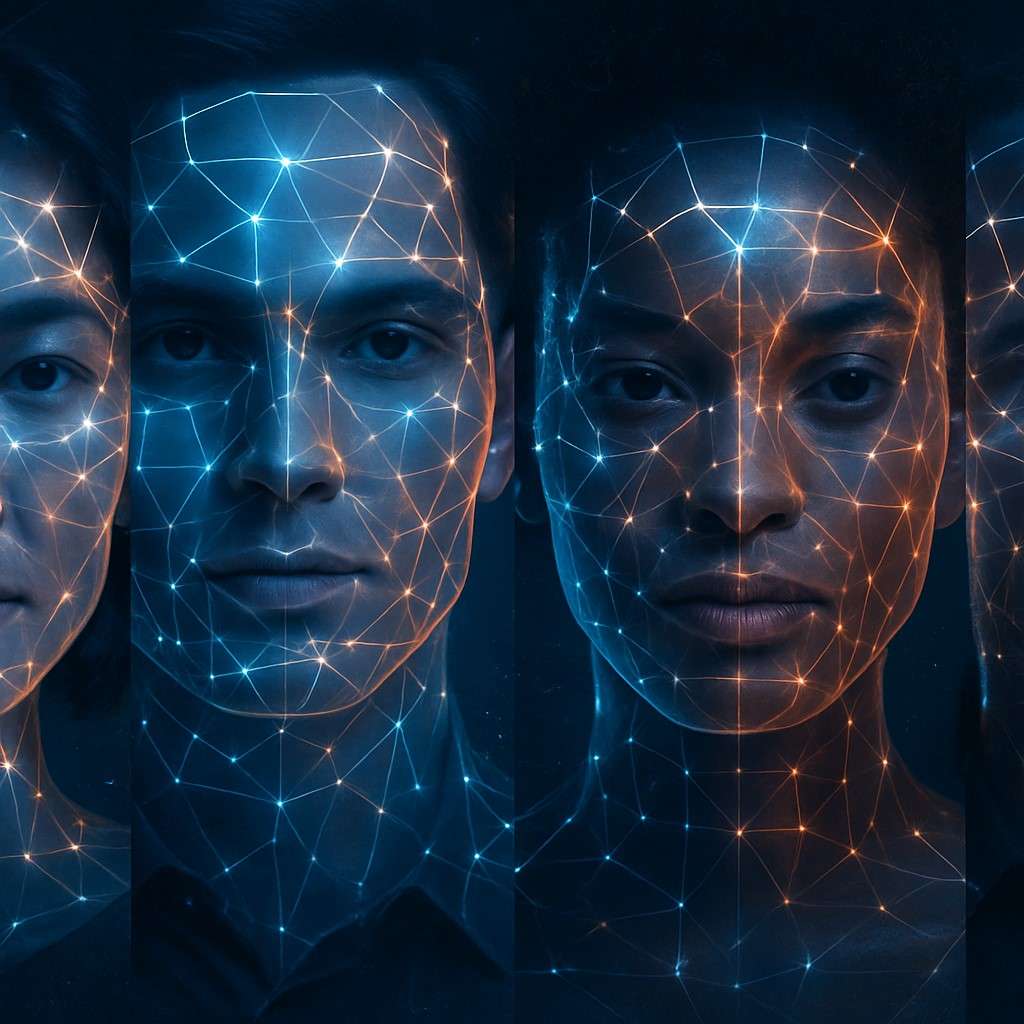
A Brief History and Evolution of Face Swapping
The journey of face swap technology from a niche concept to a mainstream phenomenon has been rapid and transformative.
Technical Breakdown: The Engine Behind the Magic
The "magic" of modern face swapping is driven by a powerful combination of AI models and computer vision techniques. Understanding these components reveals how it achieves such impressive results.
Core Technologies Driving Face Swap
- Deep Learning: This is the foundational field of AI that enables the entire process. Deep learning models, known as neural networks, are trained on massive datasets of images and videos, allowing them to learn the intricate patterns of human faces, expressions, and lighting.
- Generative Adversarial Networks (GANs): GANs are the primary engine for creating realistic face swaps. They consist of two competing neural networks:
- The Generator: This network's job is to create the new, synthetic image (the swapped face).
- The Discriminator: This network acts as a critic, evaluating whether the generator's creation looks authentic or fake. This adversarial process forces the generator to continuously improve until its output is nearly indistinguishable from reality.
- Autoencoders: Many "DeepFake" architectures use autoencoders. These models learn to compress a face's key features into a compact representation (encoding) and then reconstruct it (decoding). By training an encoder on a source face and a decoder on a target face, the model can effectively transfer the facial identity.
- Convolutional Neural Networks (CNNs): CNNs are essential for image processing. They excel at tasks like identifying and mapping facial landmarks (eyes, nose, mouth) and extracting the features needed for an accurate swap.
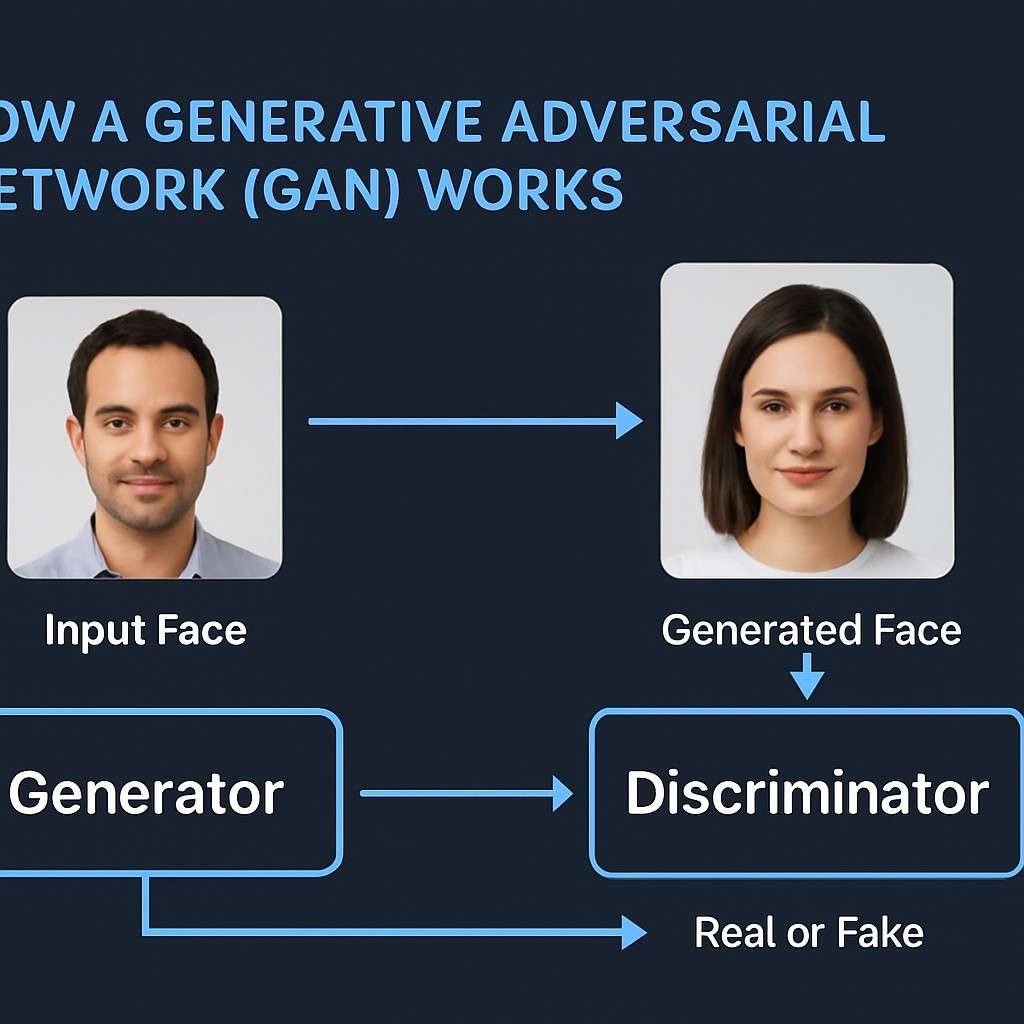
Key Innovations and Breakthroughs
The technology is constantly evolving, with breakthroughs pushing its capabilities even further:
- Real-Time Processing: Early face swaps required significant processing time. Now, optimized algorithms allow for live face swaps during video calls and streaming, as seen in apps like VidMage.
- Advanced Feature Control: The technology has moved beyond basic swaps to offer detailed control over micro-expressions, emotions, and subtle lighting, creating more nuanced and believable results.
- Multi-Face & GIF Swaps: Modern tools can swap multiple faces within a single frame or generate animated GIFs, expanding the creative possibilities for users.
- Integration with Other AI: The most advanced applications are combining face swaps with AI-powered voice cloning and augmented reality (AR) filters for deeply immersive and interactive experiences.
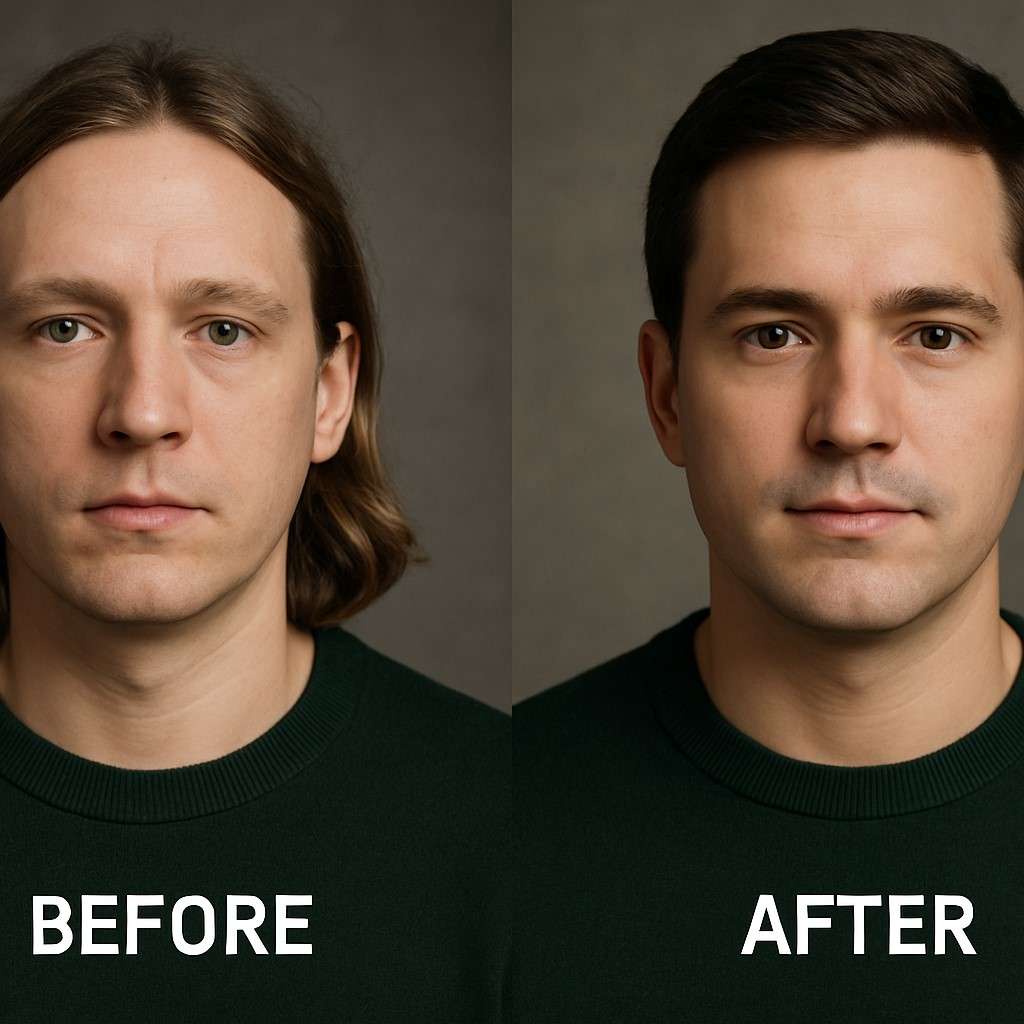
Current State of the Technology (as of 2025)
Face swap technology has firmly entered the mainstream, characterized by several key trends:
- High Accessibility: Dozens of user-friendly web platforms and mobile apps (e.g., Reface, BasedLabs, Pica AI) make high-quality face swapping available to anyone, regardless of technical skill.
- Market Growth: The face swap market is a rapidly expanding industry, valued at over $1.5 billion and projected to experience significant growth in the coming years.
- High User Engagement: The technology's popularity is undeniable, with over 200 million global users and an estimated 85% of face swap content being created for and shared on social media platforms.
Application – When and Where to Use Face Swap

Real-World Applications of Face Swap Technology
Once a novelty, face swapping has found practical and creative applications across numerous industries.
- Entertainment & Content Creation: This is the most visible application. Users recreate famous movie scenes, swap faces with celebrities, create parodies, and produce fan edits for social media.
- Social Media: Face swapping is a powerful engine for creating viral content. It's used in trending challenges, humorous clips, and other engaging posts on platforms like TikTok, Instagram Reels, and YouTube Shorts.
- Marketing & Advertising: Brands leverage face swapping to create personalized ad campaigns, interactive brand experiences, and humorous content that boosts engagement and recall.
- Gaming: The technology allows players to customize their in-game avatars with their own faces, creating a more personalized and immersive gaming experience.
- Education: Educators can use face swaps to create engaging historical or scientific reenactments, helping students connect with figures from the past in a more tangible way.
- Film & Television: The film industry uses high-end face swap technology for digital de-aging of actors, replacing stunt performers' faces, and even creating posthumous performances.
Industry Impact: A Closer Look of Face Swap
The widespread adoption of face swapping has sent ripples through several key sectors.
- Entertainment Industry: The technology is revolutionizing visual effects. It provides a cost-effective method for complex tasks like the digital de-aging seen in The Irishman or creating posthumous performances for legacy characters, such as in the Star Wars franchise.
- Social Media Landscape: Face swapping has fueled a new genre of user-generated content. Accessible apps like Snapchat, Instagram, and TikTok have empowered millions of users to become creators, driving viral trends and shaping online culture.
- Marketing & Advertising Sector: The technology is a game-changer for advertisers. It enables hyper-personalized campaigns, virtual try-on experiences for fashion and cosmetics, and the creation of highly shareable, humorous content that captures audience attention.

Face Swap Case Studies in Action
Case Study 1: The Viral Success of the Reface App
- Context: Reface is an AI-powered mobile app that allows users to seamlessly swap their faces into popular GIFs and video clips from movies and music videos.
- Outcome: Shortly after its launch, Reface became a top-ranked app in over 90 countries and won Google Play's "Best of the year" award. Its success demonstrated the massive consumer appetite for easy-to-use, high-quality, and entertaining face swap tools, cementing the technology's place in popular culture.
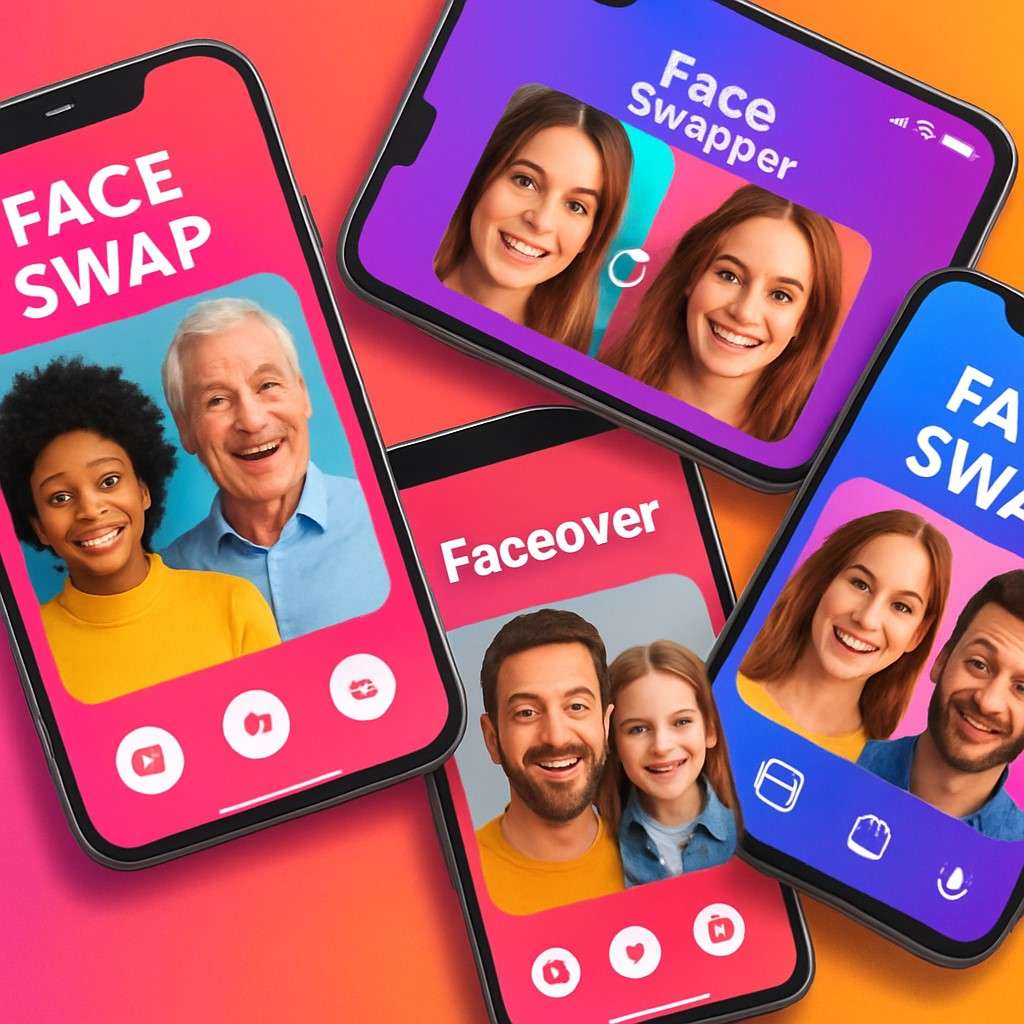
Case Study 2: Enterprise Marketing Adoption
- Context: Brands are increasingly turning to enterprise-grade face swap tools like AKOOL for innovative marketing campaigns.
- Application: These tools allow advertisers to insert a viewer's face directly into a promotional video or let them virtually "try on" products like sunglasses or makeup.
- Outcome: This level of personalization leads to significantly higher user engagement, stronger brand recall, and provides a novel way for companies to interact with their audience and gather consumer data.
Limitations and Critical Ethical Challenges
Despite its creative potential, face swap technology is a double-edged sword, presenting both technical hurdles and a profound ethical minefield.
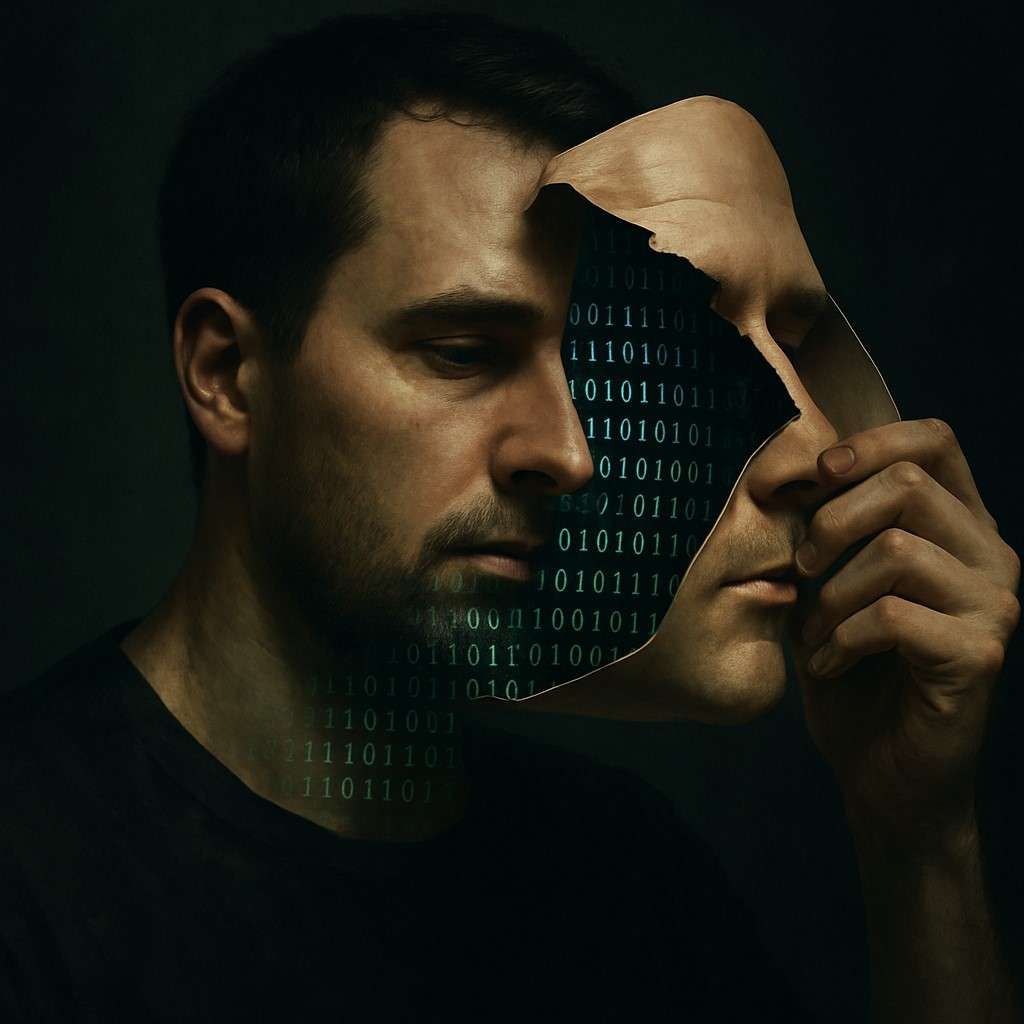
Technical & Practical Limitations
- The final quality is highly dependent on the source material. Poor lighting, low resolution, or awkward angles in the original image or video can lead to flawed results.
- Even in high-quality swaps, subtle artifacts, unnatural blinking, or slight blurring around the face can sometimes break the illusion.
- As the technology improves, it becomes increasingly difficult for the average person to distinguish between authentic and manipulated content, a challenge known as "the liar's dividend."
Ethical Minefield: The Dark Side of Face Swapping
- Misinformation & Disinformation: The most significant danger is the creation of convincing fake videos of public figures (politicians, executives, journalists) to spread false narratives, manipulate public opinion, and erode trust in visual media.
- Privacy & Consent: The technology can be used to create non-consensual content, such as superimposing a person's face into explicit or defamatory material. This represents a severe violation of privacy that can cause immense reputational damage and emotional distress.
- Weaponization: Malicious actors can weaponize face swaps for corporate sabotage (e.g., a fake video of a CEO making a damaging statement), political smearing, or targeted personal harassment.
- Responsibility: There is a critical ethical obligation for creators to be transparent when using the technology and for platforms to develop robust policies and moderation tools to combat the spread of harmful manipulated content.
The Future Outlook: What's Next for Face Swap?
The evolution of face swap technology is far from over. The coming years are expected to bring even more dramatic advancements and deeper integration into our digital lives.
- Hyper-Realism: The technology will continue to advance, likely reaching a point where AI-generated face swaps are virtually indistinguishable from real video footage.
- Deeper Integration: Expect to see face swap capabilities become seamless plugins for professional video editing suites like Adobe Premiere Pro and DaVinci Resolve, as well as native features in mainstream communication platforms.
- Live, Interactive Experiences: Real-time face swapping, combined with voice cloning, is set to become a standard feature in live streaming, gaming, and AR/VR applications, transforming how we interact in virtual spaces.
- Robust Market Growth: The market is projected to grow at a compound annual rate of over 30% through 2030, signaling sustained investment, innovation, and widespread adoption.
- Evolving Regulation: In response to ethical concerns, we can anticipate the development of stronger legal and ethical frameworks. These will likely focus on governing consent, requiring digital watermarks on AI-generated content, and creating more effective tools to detect and combat malicious deepfakes.
Bonus: How to Edit Videos After Face Swaping?
After perfecting your face swap effect, professional editing is crucial to eliminate digital artifacts and enhance realism. Wondershare Filmora offers streamlined tools specifically designed to polish AI-generated content. Below are its standout features for face swap refinement:
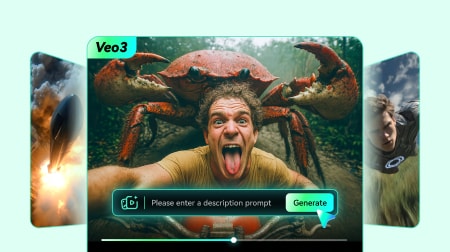
- Keyframe Animation Control
Frame-by-frame adjustment of lighting/shadow parameters ensures seamless integration between the new face and original footage. Match color temperature transitions during scene changes to avoid unnatural skin tones.
- AI-Powered Edge Blending
Auto-detect jagged mask boundaries around swapped faces. The "AI Mask Refiner" smoothens edges with adaptive feathering for organic transitions.
- Expression Synchronization
Leverage the "Motion Tracking" tool to sync facial movements with head angles. Annotate anchor points on eyebrows/mouth corners to maintain realistic articulation when characters turn or tilt.
- Voice Clone Synchronization
Use "Audio Ducking" to balance background music with dialogue. The "AI Audio Denoise" feature eliminates robotic artifacts from AI-generated voices while preserving clarity.
- Dynamic Lighting Correction
Apply "Light Mixer" filters to modify highlight intensity and shadow depth. Compensate for discrepancies between original footage lighting and the swapped face's illumination angle.
Conclusion
As you can see, face swap is indeed a powerful techonology, especially now with AI's assistance. However, we need to use it properly and legally. If you want to edit the videos after face swaping, you can use a hadle tool: Filmora.



